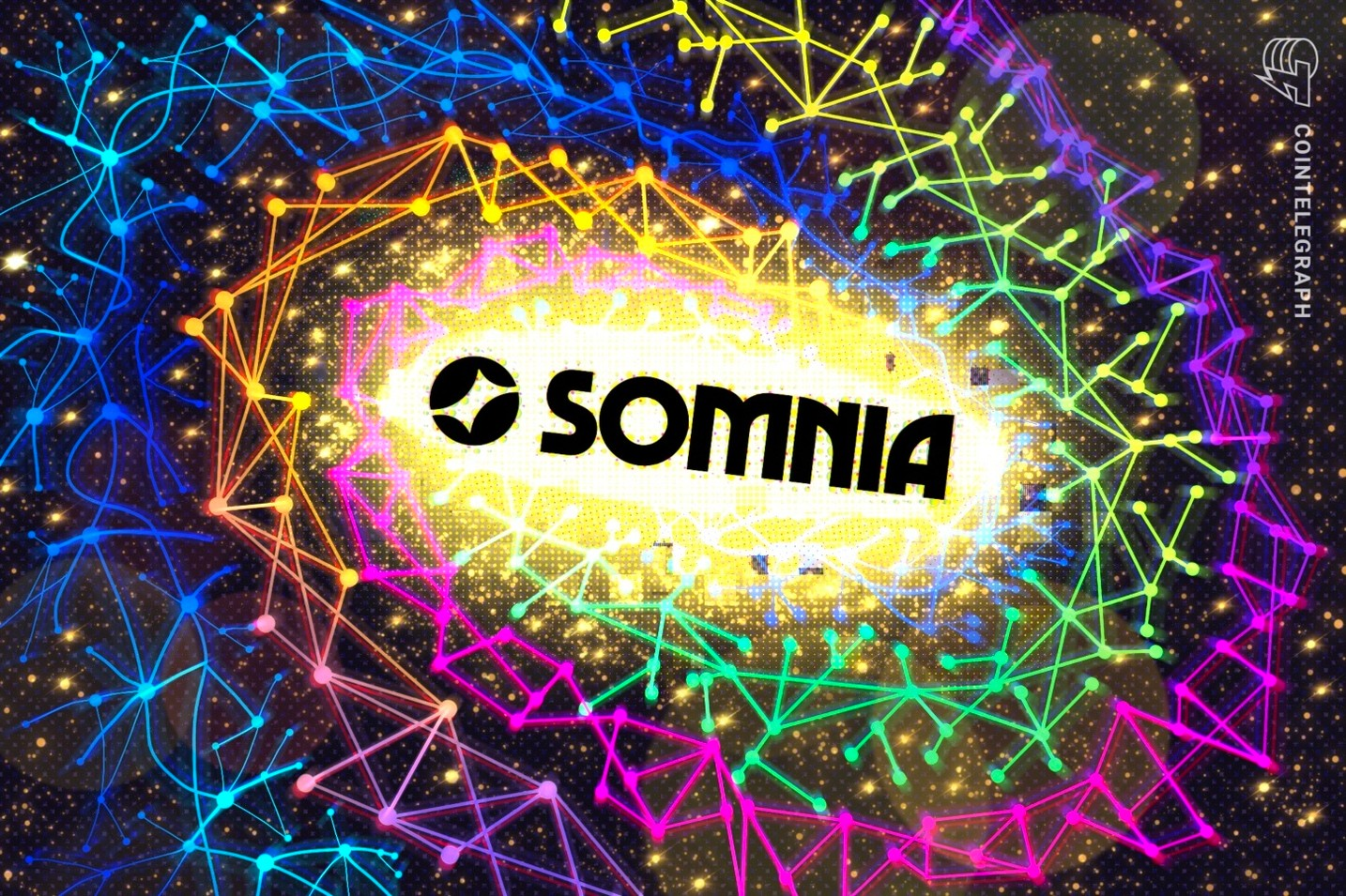Somnia (SOMI): The Blockchain Built for the Next Billion Players
Somnia (SOMI) a new EVM-compatible Layer-1 blockchain designed from the ground up to bring real-time, low-cost, and high-performance experiences on-chain. Think Fortnite or Roblox, but powered by blockchain smooth, instant, and fully owned by players and creators.
This is Somnia’s global story its principles, technology, economic design, and why it might become the backbone for the next wave of consumer Web3.
1. The Big Idea
Somnia’s vision is simple yet bold: to make blockchain applications as fast and seamless as Web2 but with the ownership, openness, and composability that only Web3 can provide.
The team recognized that while Ethereum pioneered the idea of decentralized computing, it wasn’t built for millions of micro-interactions per second like in a multiplayer game or live social app. Somnia wants to bridge that gap.
2. Built for Speed and Scale
Under the hood, Somnia runs on what it calls MultiStream Consensus a way of processing many tasks in parallel rather than one by one. This allows it to confirm transactions in less than a second while supporting over a million transactions per second in theory.
It’s still fully EVM-compatible, which means developers can use familiar Ethereum tools (like Solidity and MetaMask) while enjoying much higher performance and lower costs.
For users, that translates to instant actions buying in-game assets, sending tokens, or joining a virtual concert without lag or high fees.
3. Smarter Data, Lower Costs
Games and entertainment apps rely on massive amounts of data. To handle this, Somnia integrates a highperformance storage layer that compresses and optimizes data in real time.
This isn’t just about speed it’s about making blockchain affordable at scale. When millions of players are interacting every second, cheap gas fees and efficient data handling are the difference between possibility and impossibility.
4. The SOMI Token
The native token, SOMI, powers everything on the network from paying transaction fees to staking and governance.
There’s a fixed total supply (around 1 billion tokens), with structured emissions to reward validators and ecosystem builders while maintaining long-term sustainability.
Somnia’s economic model is designed to keep the network secure and active balancing validator incentives with low user costs. As adoption grows, transaction fees are expected to drop even further.
5. The Ecosystem
Somnia’s growth strategy centers around real use cases. It’s not just building tech; it’s building partnerships.
The project is already working with Improbable (the metaverse infrastructure company behind MSquared), BitGo for custody support, and game studios and accelerators to bring new entertainment worlds to life.
The ecosystem is designed for both big studios and indie developers anyone who wants to build experiences that feel like traditional games but run on-chain.
6. For Developers
Developers don’t have to reinvent the wheel. Somnia’s EVM compatibility means any Ethereum project can port over easily.
But it’s not just about code it’s about experience.
Somnia’s ultra-fast finality lets developers design games and apps where blockchain interaction happens constantly every shot fired, every power-up claimed, every asset traded all secured and recorded instantly.
For those testing performance at scale, Somnia’s public testnets processed billions of transactions to prove the system can handle realworld demand.
7. Real-World Applications
Games: Build fully on-chain worlds where players own their assets, trade instantly, and experience zero lag.
Virtual Events & Concerts: Imagine massive digital gatherings with thousands of participants all interacting live without server bottlenecks.
Microtransactions: Somnia’s low fees make streaming payments and tiny in-game purchases finally practical.
Social Worlds: Create networks where identity, reputation, and ownership live directly on-chain no middlemen, no gatekeepers.
8. Security and Decentralization
Speed doesn’t come at the cost of security. Somnia’s validator system and staking model ensure the network stays decentralized and robust. Validators secure the network, earn SOMI rewards, and keep the ecosystem trustless even as performance scales up.
That said, the team is open about balancing performance and decentralization ensuring the network remains accessible while powerful enough for enterprise-level apps.
9. A Global Perspective
Somnia is built for global adoption, and that means thinking beyond technology.
It considers regulatory, privacy, and compliance realities in major markets. For instance:
Ensuring user data stays compliant with GDPR in Europe.
Working with regulated custody providers like BitGo for institutions.
Supporting compliant on-ramps and fiat gateways for easy user onboarding.
This balance between innovation and compliance gives Somnia a strong foundation for sustainable growth across different jurisdictions.
10. Opportunities for Builders and Businesses
For creators and businesses, Somnia unlocks entirely new revenue models:
NFT-based economies with instant trading.
Micropayment systems for streaming and tipping.
Tokenized events and collectibles for fans.
Cross-world assets that work in multiple games.
With its developer grants, accelerator programs, and low friction environment, Somnia is positioning itself as the go-to home for consumer Web3.
11. Challenges Ahead
Every breakthrough faces its hurdles. Somnia’s biggest challenges will be:
Maintaining decentralization as it scales.
Proving long-term token sustainability.
Attracting developers and users away from larger ecosystems like Ethereum or Solana.
But with strong partnerships and a focused mission, the project seems well aware of these trade-offs and is designing accordingly.
12. The Bigger Picture
Somnia represents a shift from speculation-first to utilityfirst blockchain design.
Where early chains were built for finance, Somnia is built for human interaction for gaming, entertainment, and community-driven experiences that engage millions daily.
In that sense, it’s not just another Layer 1. It’s an attempt to make blockchain finally fun, fast, and invisible a platform where people don’t need to understand Web3 to enjoy what it offers.
13. Final Thoughts
If you’re a developer, Somnia offers a chance to build worlds that run at internet speed but live on the blockchain.
If you’re an investor or ecosystem builder, it represents a new frontier where consumer demand meets blockchain utility.
And if you’re simply a user, Somnia is what happens when Web3 grows up fast, fair, and frictionless.
press-ready article (formatted for publication/blog),
.
